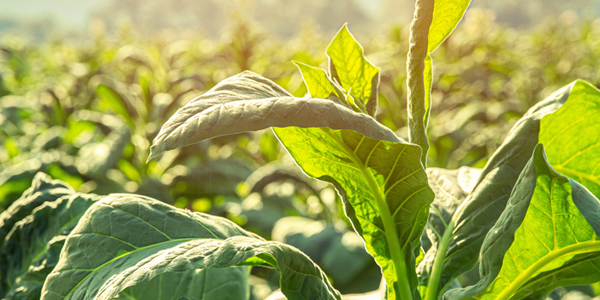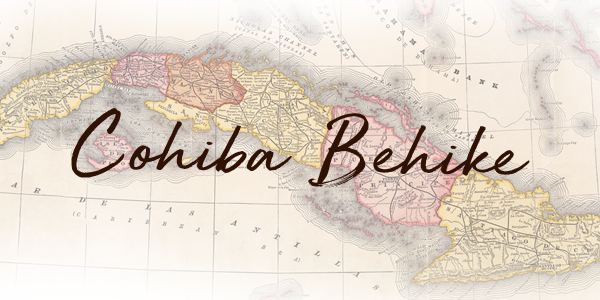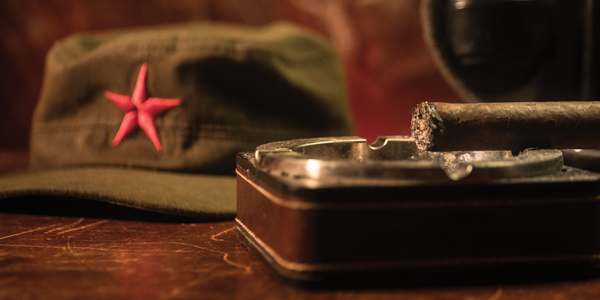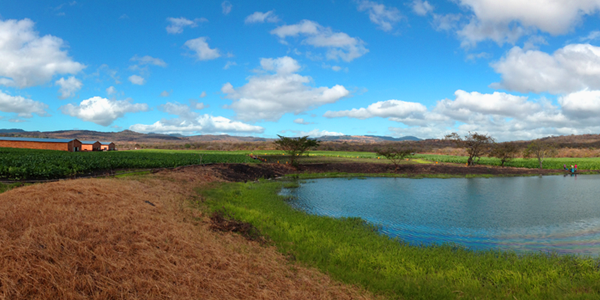What Is Medio Tiempo Tobacco?
Marketing. Selling you on the cigar is an important first step in getting you to try it, and maybe love it. These days, it’s not enough to make great cigars. The trend in the cigar industry is to make something new every year or so. The idea is that this generates buzz or helps to keep fans loyal to your brand. So, it’s understandable that some cigar makers would take to promoting a cigar leaf that has always been used, and singling it out for special recognition. That, in short, is what has happened with the medio tiempo tobacco leaf.
What Is Medio Tiempo Tobacco?
Medio tiempo tobacco refers to the top two leaves of a tobacco plant. Traditionally, these leaves have been considered part of the ligero leaves, which form the top fourth of a tobacco plant. The small medio tiempo leaves appear, by some estimates, on just 10 to 15 percent of all tobacco plants. They are right at the top and get more light. Also, they get left on the tobacco plant about 50 percent longer than the rest of the leaves, even though “medio tiempo” means “half the time.” As a result, they begin curing on the stalk, they get to be very strong and a little sweet in flavor when they are cured and used in cigars.
In Cuba, medio tiempo is also referred to as “Fortaleza #4.” In Nicaragua it’s sometimes called “thick ligero.”
Yeah, So What’s the Big Deal?
Well, it used to be the case that when the medio tiempo leaves did appear on a tobacco plant, they would usually get harvested with the rest of the ligero leaves, if they were used at all. The Cubans kind of changed all that in 2006 with the introduction of the Cohiba Behike. In celebrating the 40th anniversary of the launch of the Cohiba cigar, Habanos, S.A., the body that controls the Cuban cigar industry, looked to do something different. They searched the storehouses of the plantations in Pinar del Rio, Cuba’s premier tobacco-growing region, for old, special tobacco. They found some bales of three-year-old tobacco and kept the good leaves aging for another two years. But that wasn’t special enough. So, they decided to add medio tiempo to the blend for the original Behike. And they promoted the heck out of it.
Everything Old Is New Again
As we’ve reported before, Cuba had been using three main tobacco leaves in its cigars after the Castro revolution. The volado was used for combustion; the seco for aroma; and the ligero for strength. In researching the possibility of a new cigar, the medio tiempo leaf was rediscovered. It had been used in Cuban cigars prior to the revolution and, curiously, for Cuba’s domestic production cigars. So, in 2004 or thereabouts, medio tiempo leaves began to be set aside and became the defining characteristic of the Cohiba Behike’s flavor profile. The Behike became its own line within the Cohiba brand in 2010, with three vitolas.
Now What?
The massive success of the Cohiba Behike did not go unnoticed by the rest of the cigar industry. Today, more cigar-makers are experimenting with the use of medio tiempo tobacco leaves. At least two major non-Cuban brands have already made cigars featuring medio tiempo not only in their blends, but also heavily in the marketing of the new cigars. Keep an eye out. There’s more buzz to come.






